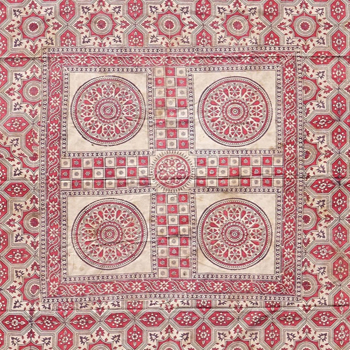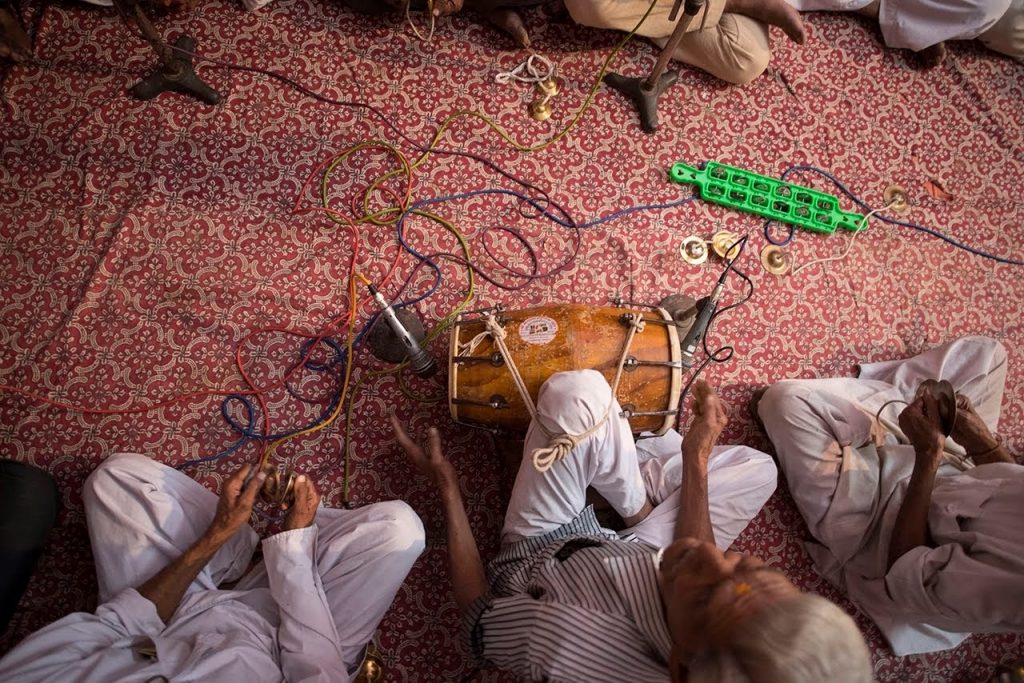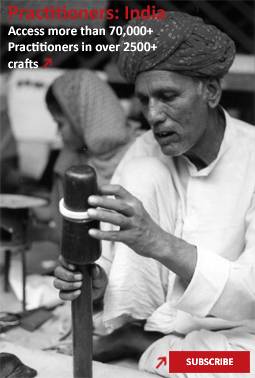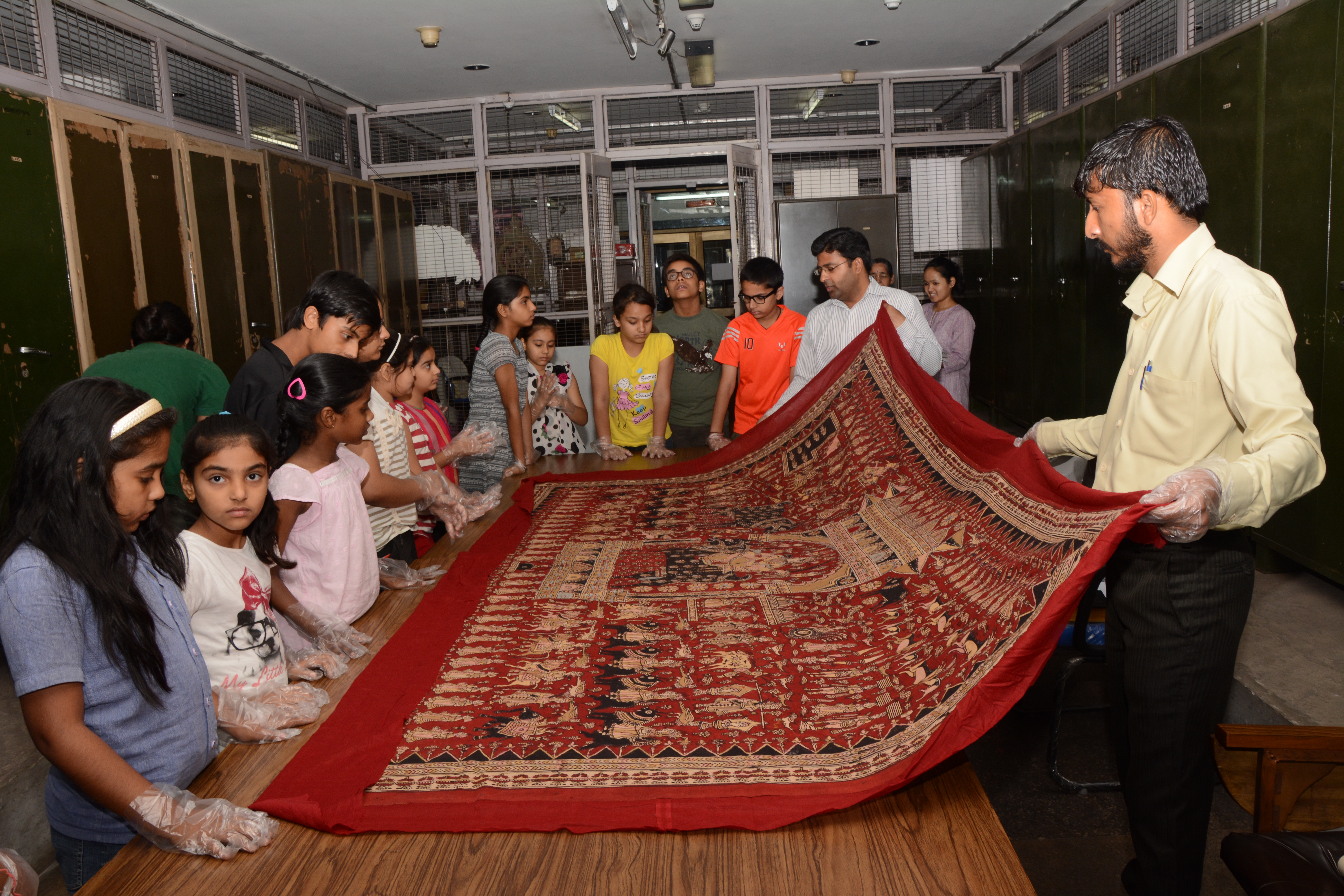
Crafts, Handlooms, Art, Craftspersons/ Artisanal
Rediscovering Jajam
Wabisabi Project
Issue 07,Winter 2021
Issue #007, Winter, 2021 ISSN: 2581- 9410
On Chaitra dwitiya (auspicious day as per Hindu religion), a Talvar gair (folk dance) was organised in 21 villages of Mewar. The villagers’ gathering treated themselves overnight with locally made savories like Khar Bajnu, Papdiya, Sowaliya along with bhang, a cannabis sweet drink. A similar event happened at the Ekling ji Mandir (temple) where the village mukhiya (headman) hoists the temple flag. Amidst the celebrations, the villagers inculcated values of fraternity and brotherhood while differences were sorted out at the panchayat (collective decision making) sessions. Such was the design of healthy physical spaces that facilitated social cohesion through recurrent human interaction. The people of Rajasthan inherited in the form of a large textile one such robust social space called Jajam. Embedded in the local culture, these elaborate hand block printed floor spreads signified a space of gathering for people in villages at weddings, festivals, religious ceremonies, panchayat sessions. The weekly village gathering in a local temple si...
The weekly village gathering in a local temple si...
This is a preview. To access all the essays on the Global InCH Journal a modest subscription cost is being levied to cover costs of hosting, editing, peer reviewing etc. To subscribe, Click Here.



